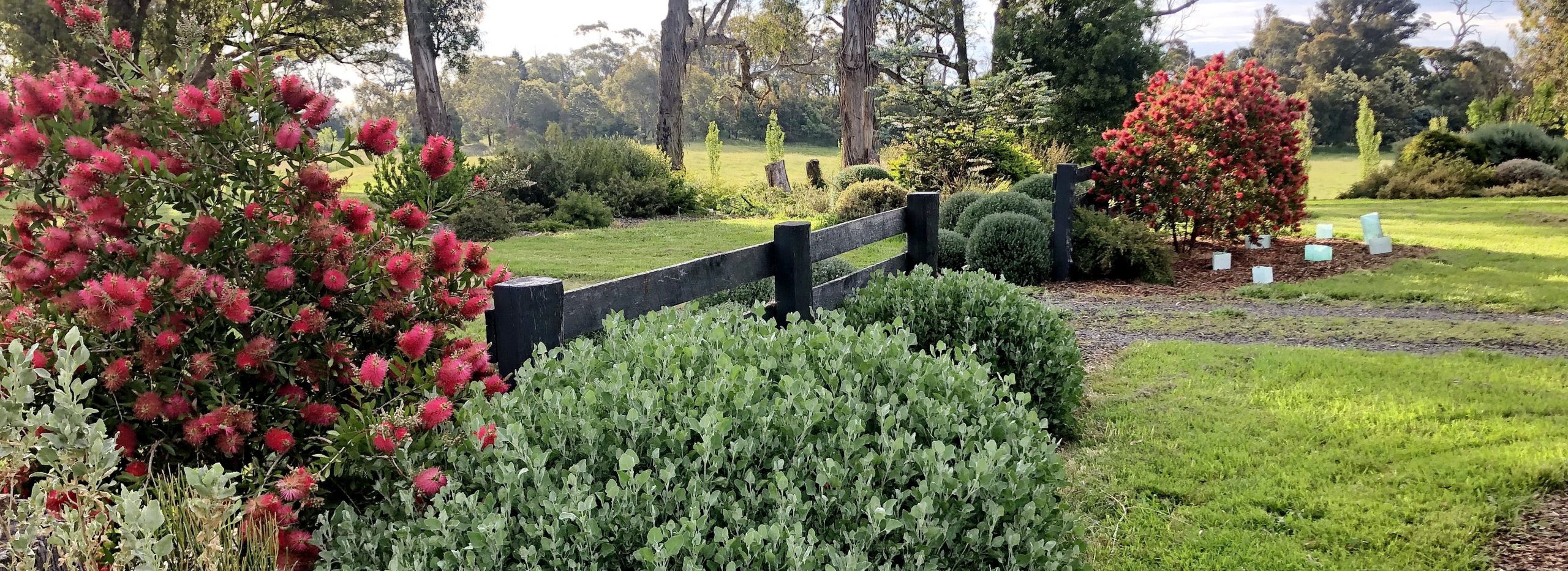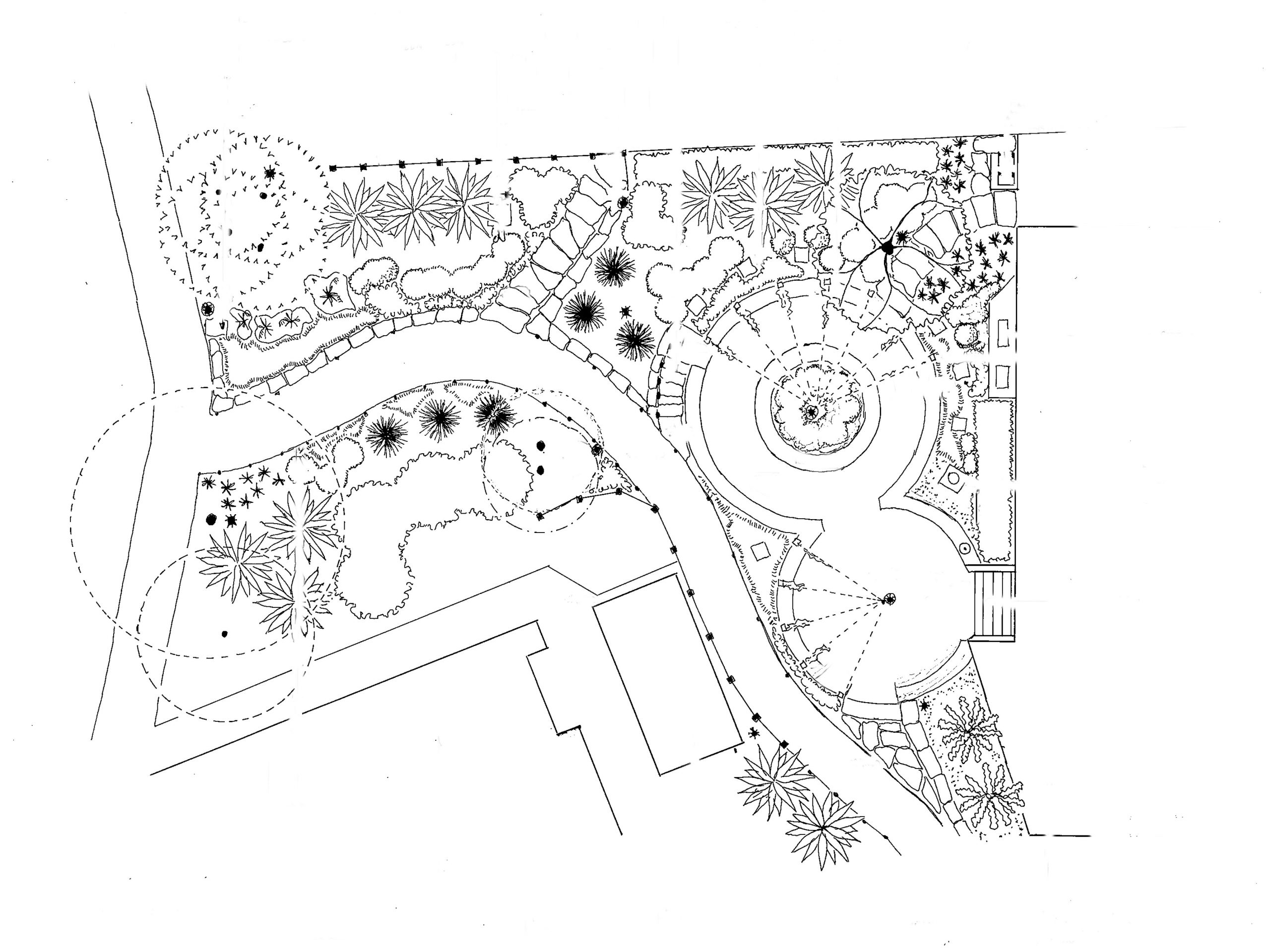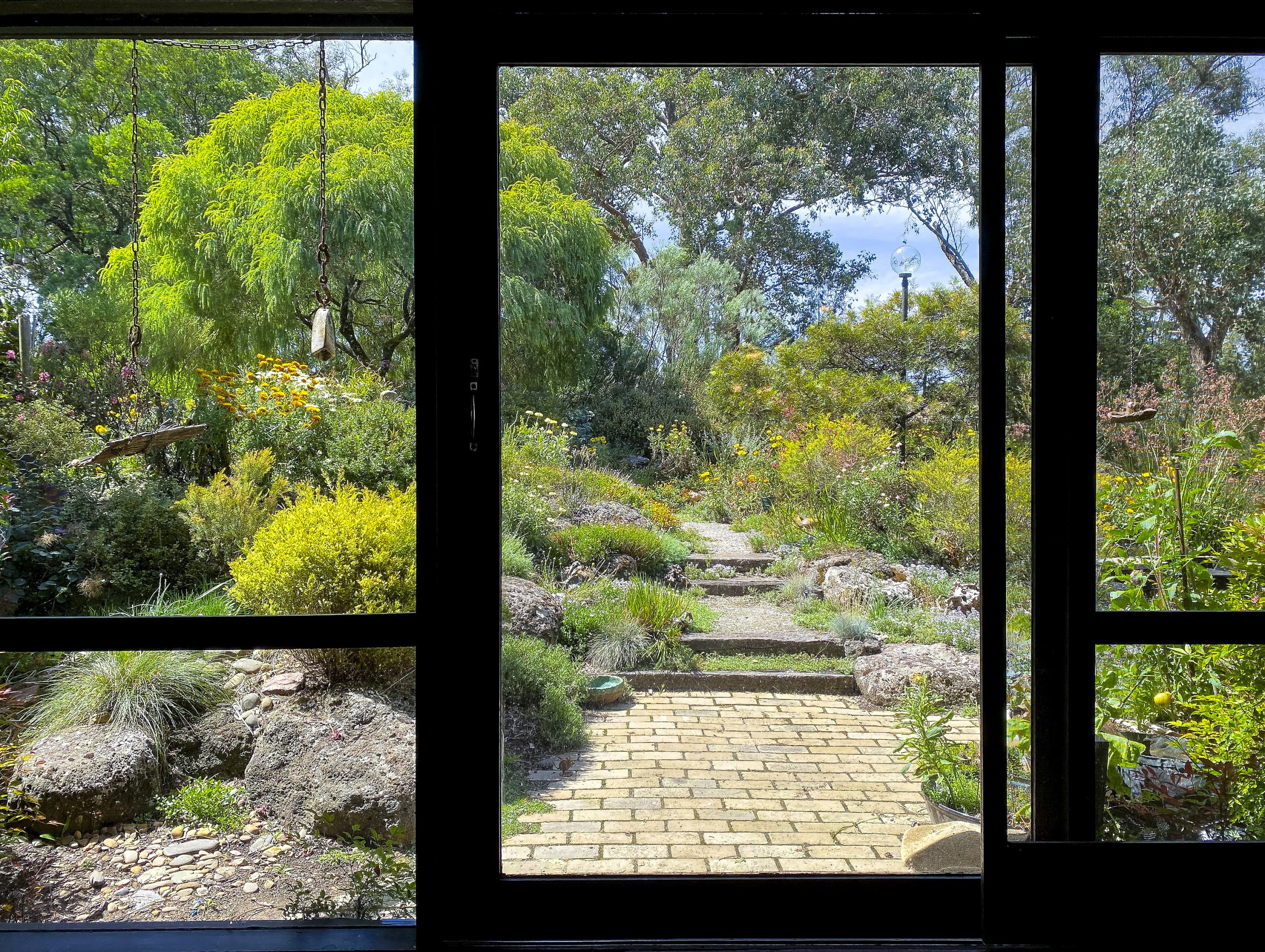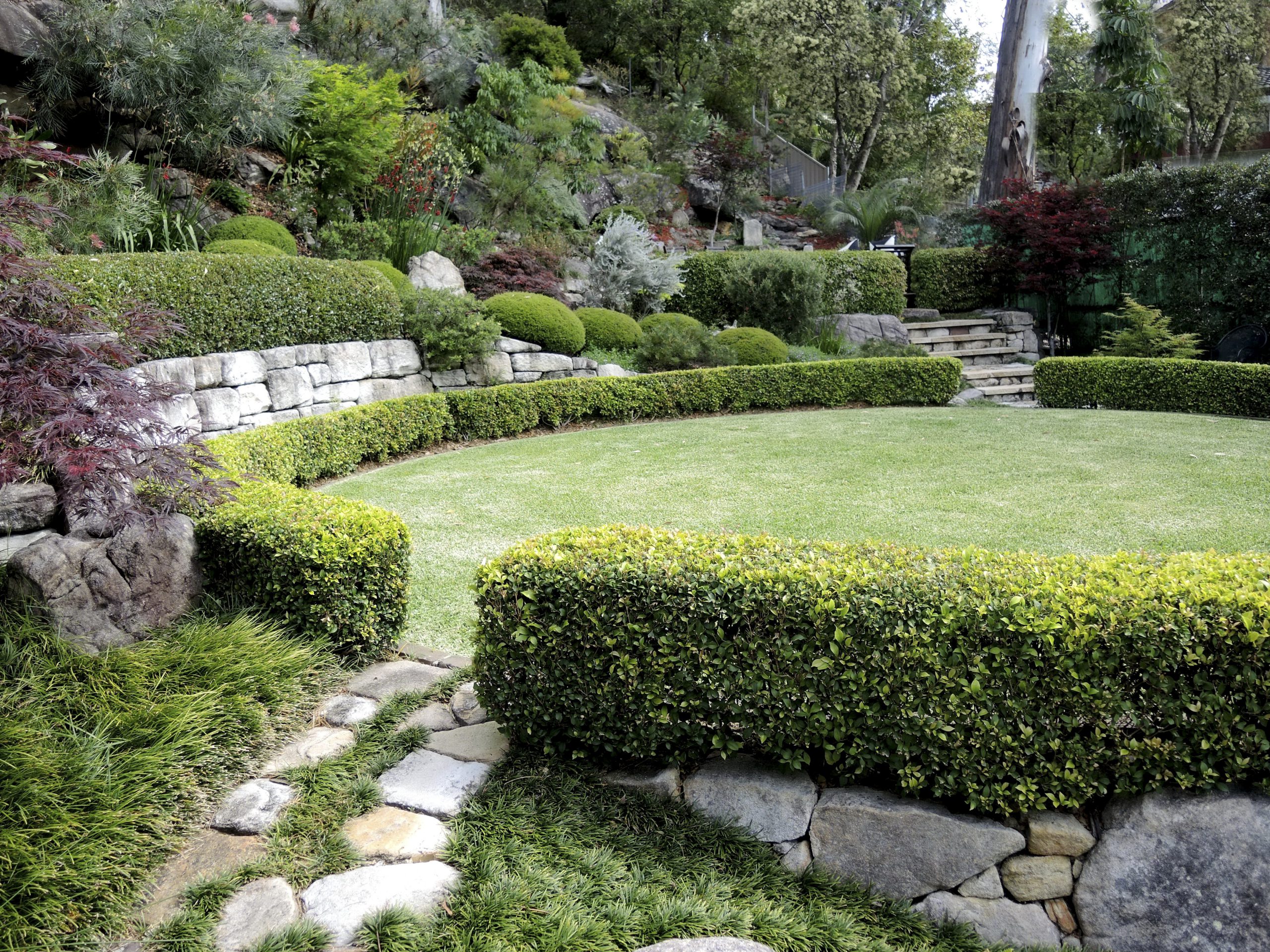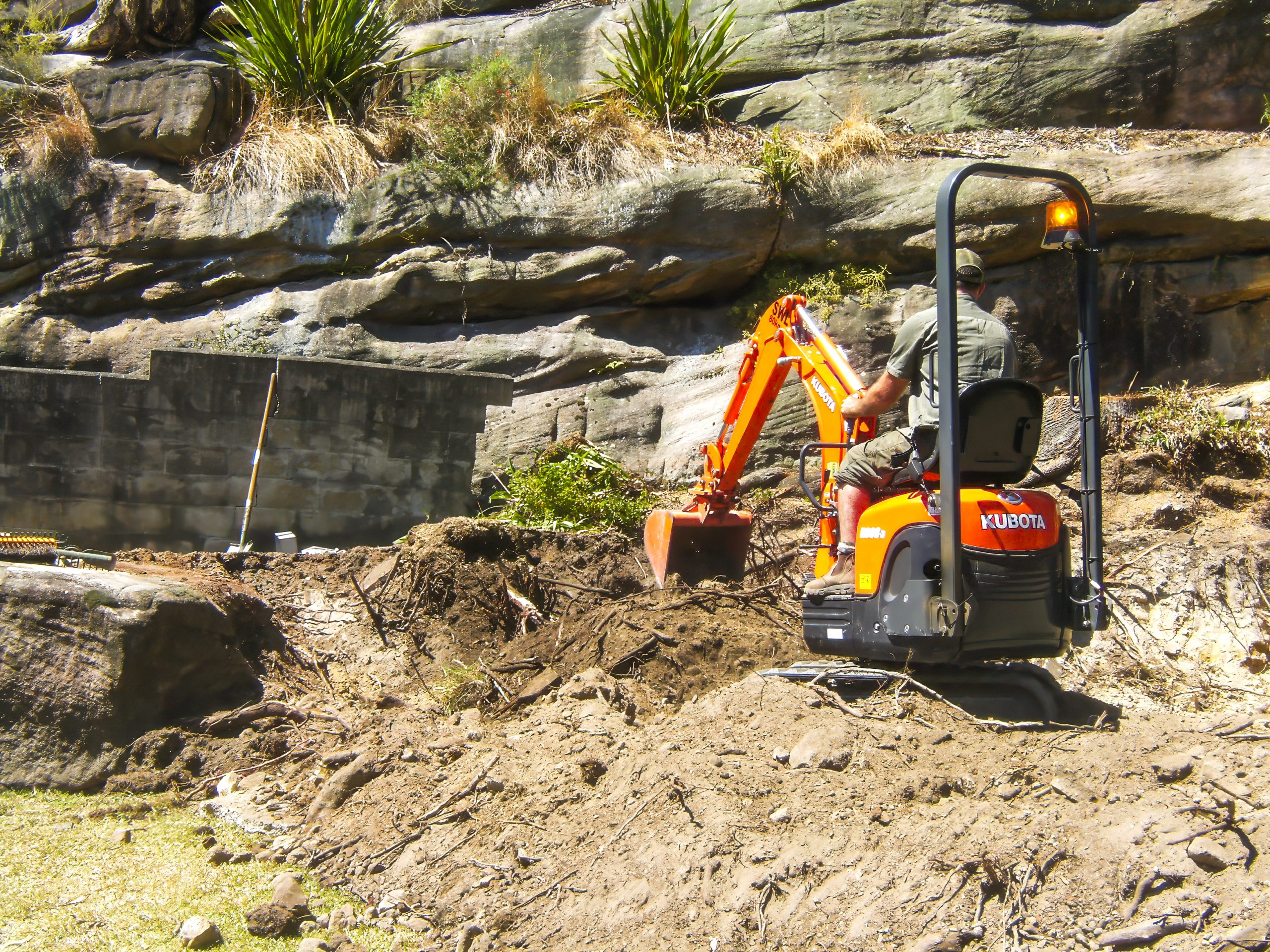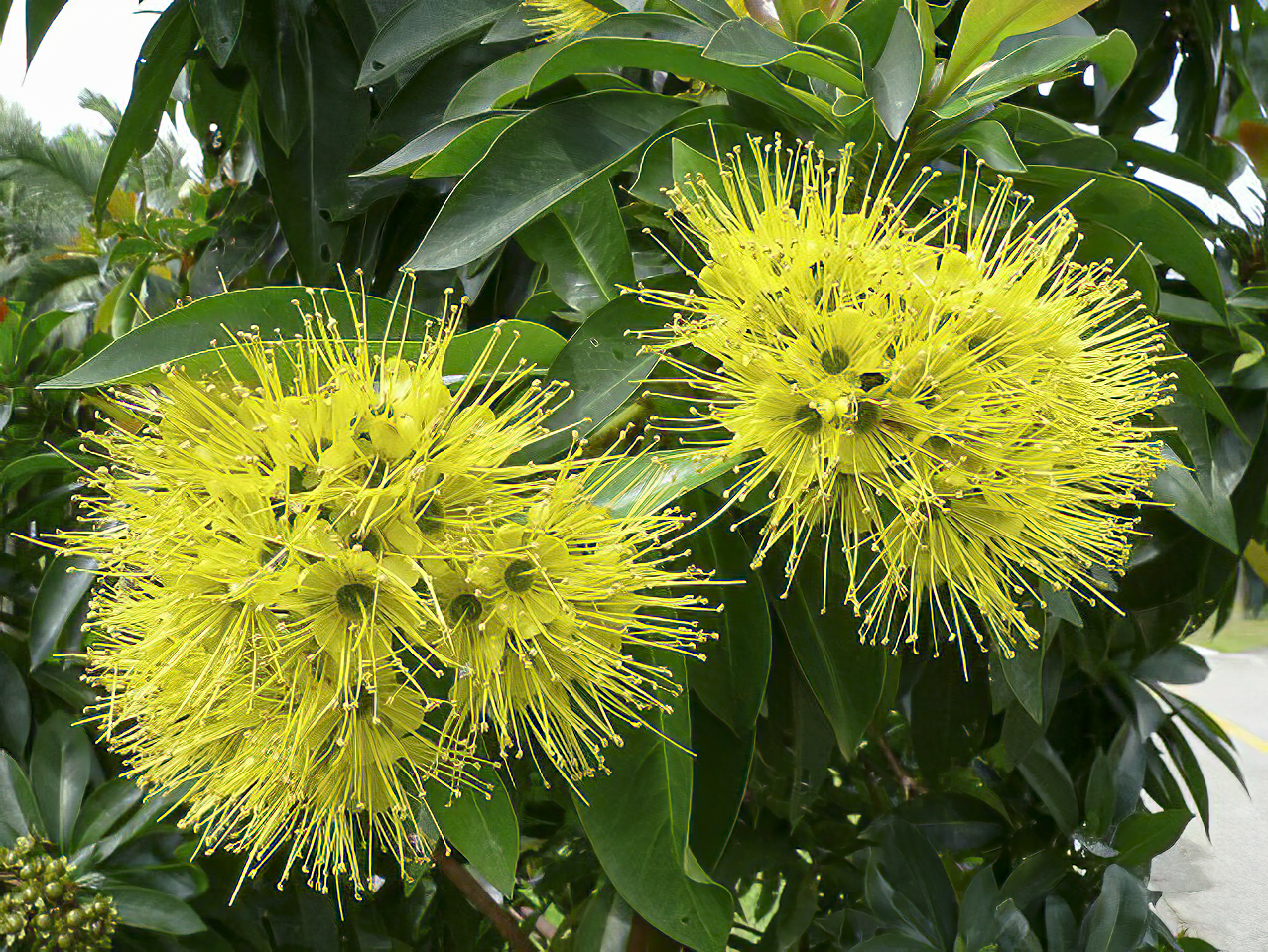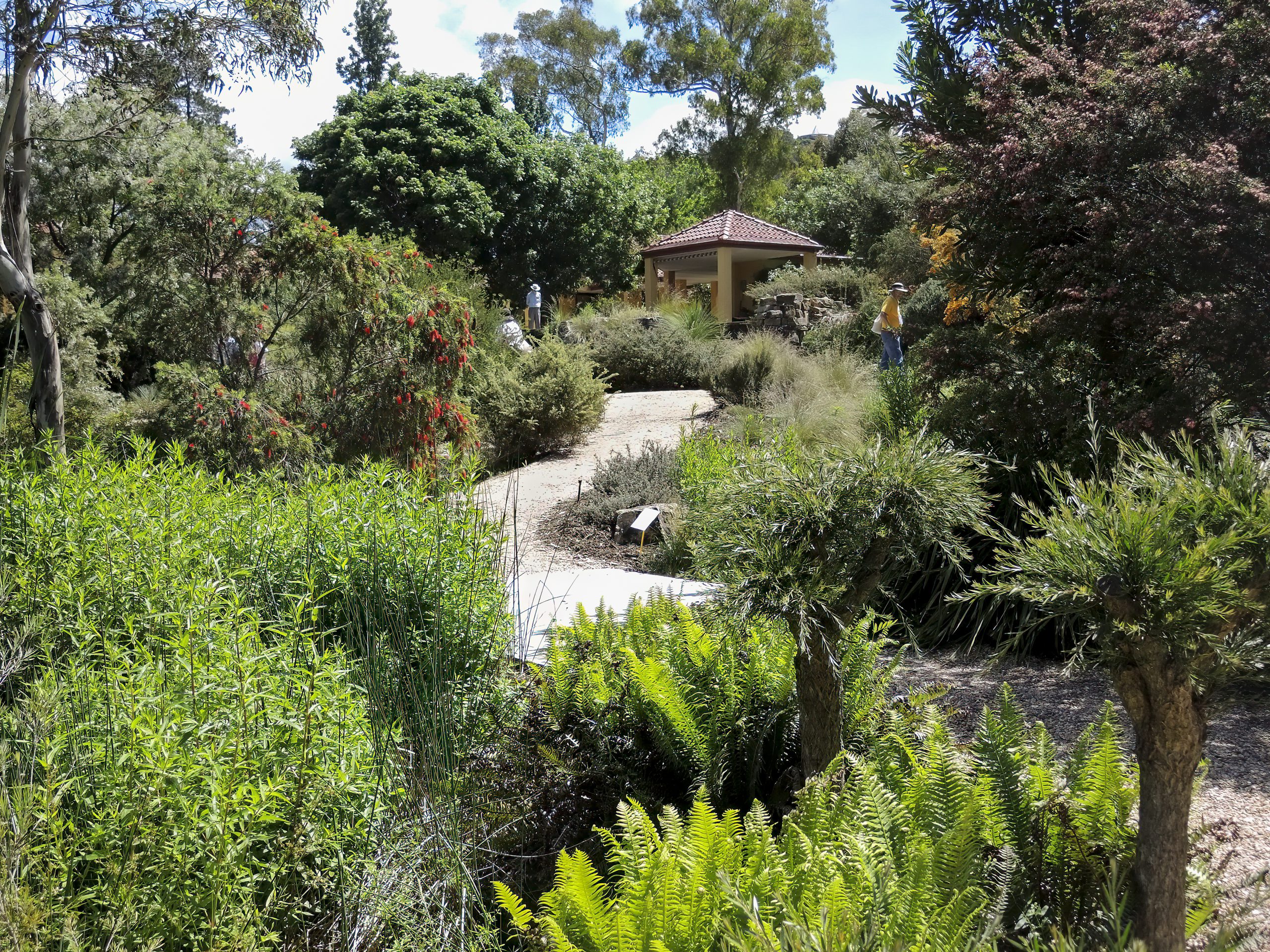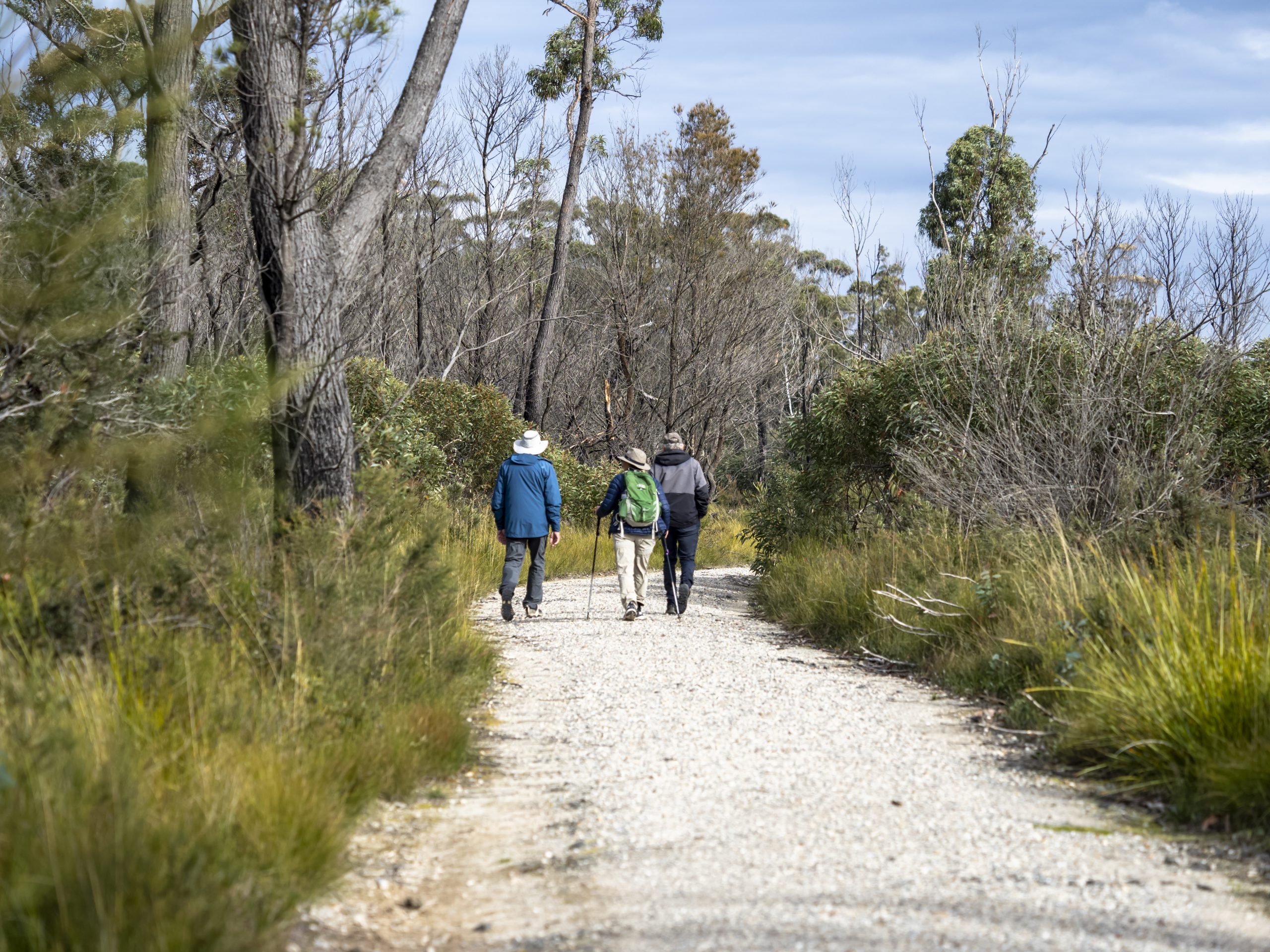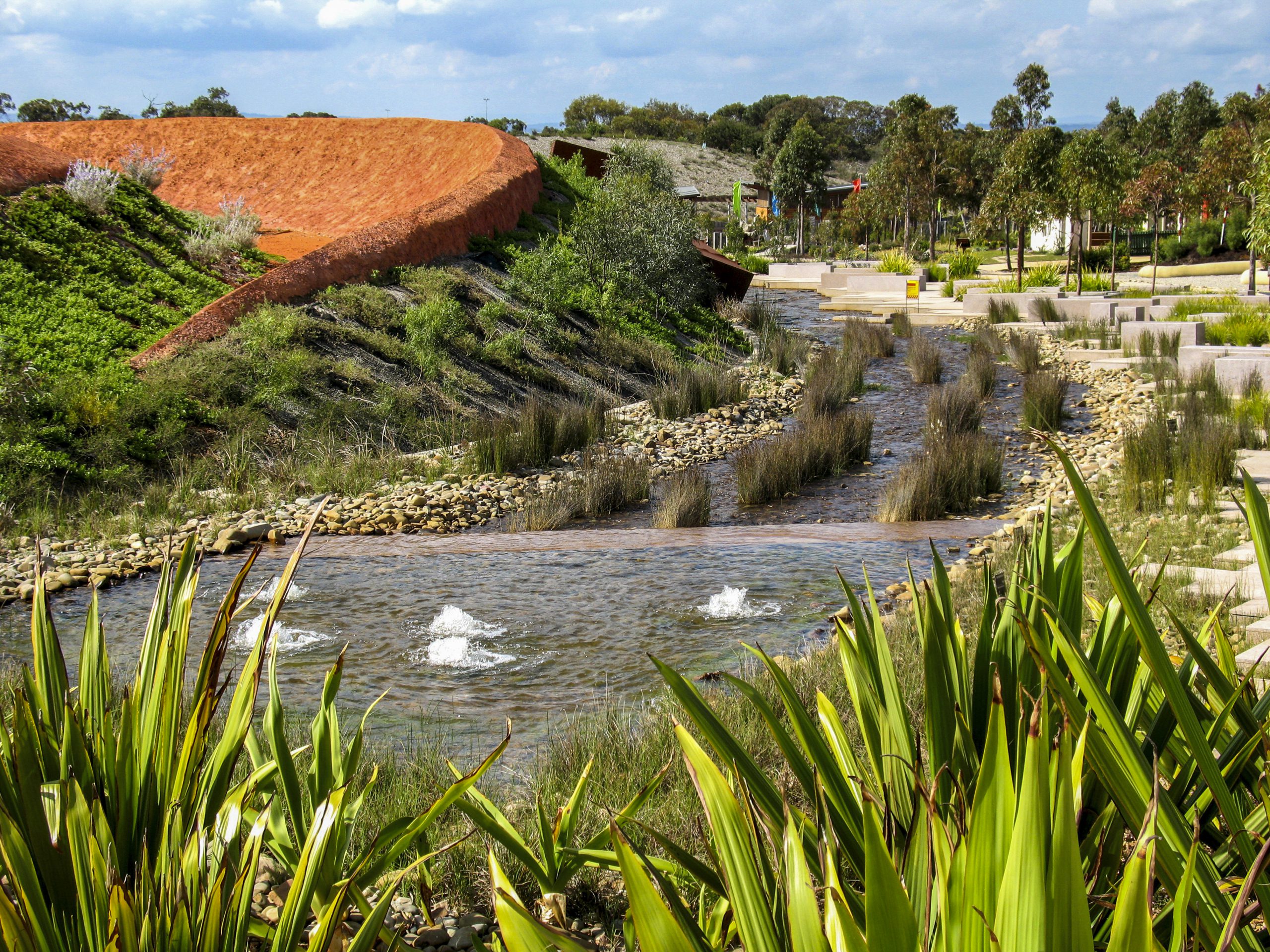Garden Design Study Group
Welcome to the Garden Design Study Group
The Australian Garden Design Study Group operates as one of the many Study Groups under the umbrella of the Australian Native Plants Society (Australia). Our primary objective is to encourage the cultivation, propagation and conservation of Australian plants.
With a membership of over 250 people throughout Australia and overseas, we share information and ideas to help us craft beautiful Australian native gardens. Such gardens not only enhance the natural environment and are more sustainable, but they also create a distinctive Australian ambience.
Our passion lies in:
- Exploring innovative garden designs featuring Australian flora
- Sharing valuable insights on effective native garden design
- Showcasing native gardens, ranging from modest to expansive, to inspire possibilities
Our activities include:
- A quarterly newsletter featuring member-contributed stories
- Weekend meetings and design workshops regionally and nation-wide to foster idea-sharing, stimulate discussions, and learn from experts
- Documentation of native gardens
Founded in 1993 by Diana Snape, the visionary author behind the bestselling book, ‘The Australian Garden,’ our study group has a rich history of research and sharing. Whether you are a garden enthusiast, or a professional or amateur designer and landscaper, we warmly invite you to join our vibrant community.
Join the Garden Design Study Group
Membership is free to members of regional plant societies. Click to find out more.
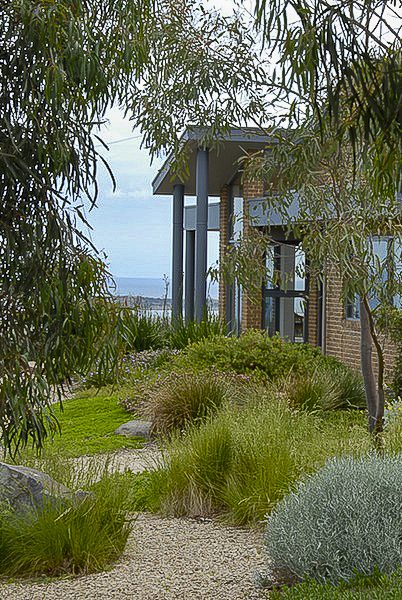
Find out more
We have a wealth of information and ideas to help you on your journey. Click on each image to access insights and stories on garden design. You can also scroll down to the index of stories and information and search through the index.
 Australian Native Plants Society (Australia)
Australian Native Plants Society (Australia)